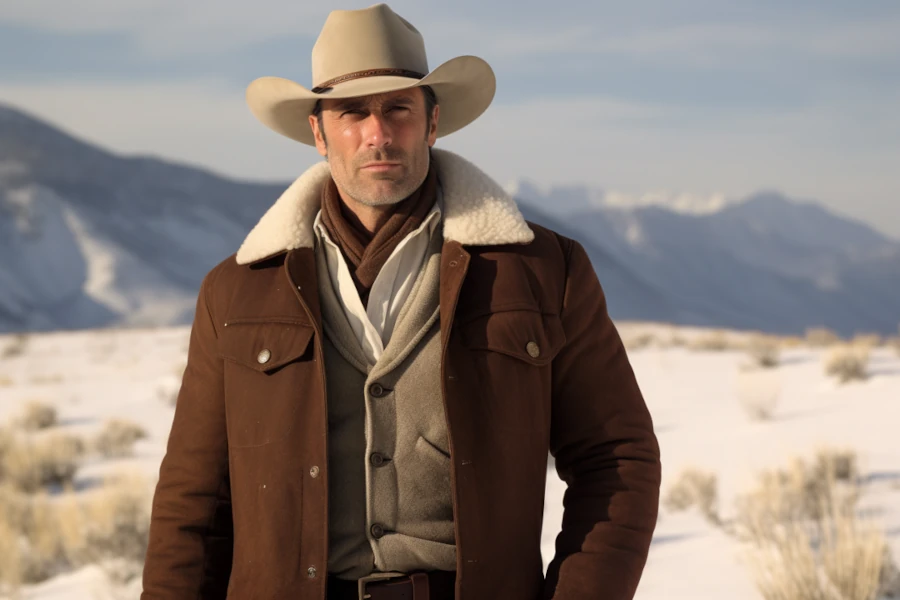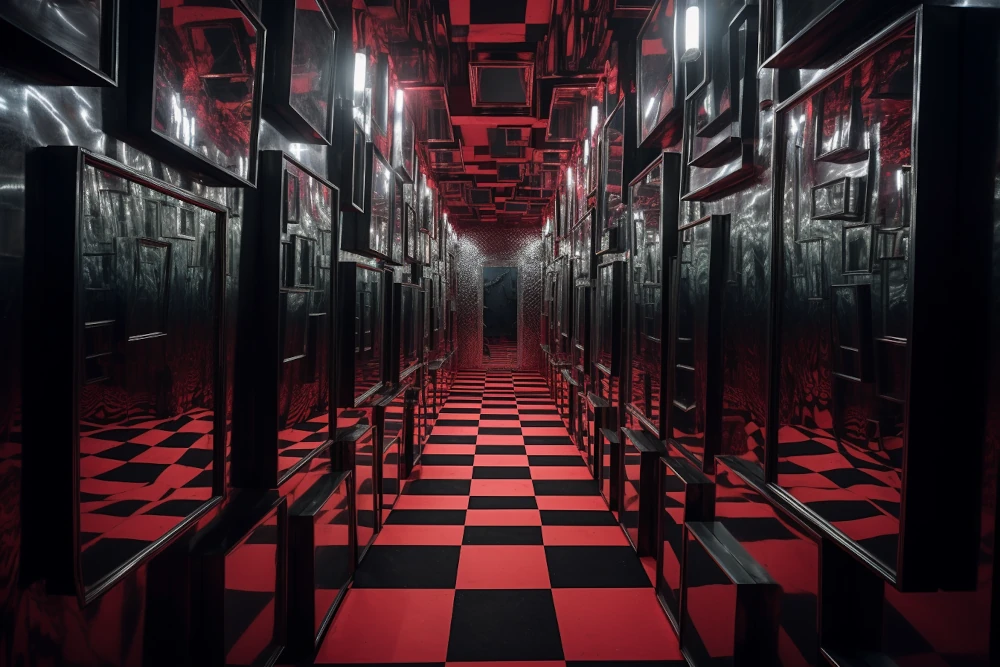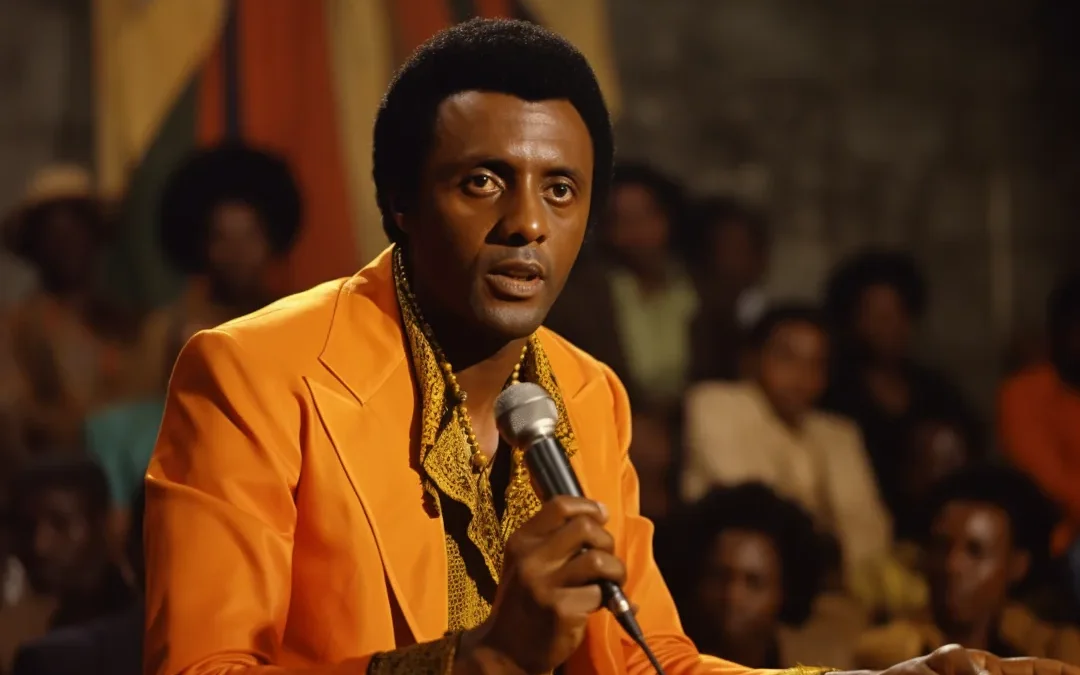In 1998, Steven Spielberg’s Saving Private Ryan and Terrance Malick’s The Thin Red Line were both released, treating audiences to big budget World War II movies full of big stars. I was fourteen at the time and to my teenage self, Saving Private Ryan was clearly the superior film. Throughout the years my opinion of Saving Private Ryan has diminished and recently The Thin Red Line was recommended to me. Going back and watching it, I’m not surprised that fourteen year old me failed to appreciate this spectacular film.
I remembered battles in tall grass on hills from The Thin Red Line and that was about it. After rewatching it, those scenes were the least memorable. The Thin Red Line consists of a series of images. The terror and anguish of soldiers preparing an offensive take precedence over the offensive itself. As does the terror an anguish of their captives when the offensive has ended. For Malick, the bewilderment of war allows him to investigate life. The war film is but a pretext for a film about life.
Malick often rests his camera on the fauna and flora that so often amount to no more than a backdrop in war films. These things also fight for survival, as we are often reminded by the voice overs from random soldiers. But are the deadly conflicts of nature analogous to war? Malick doesn’t answer this question, he just asks it persistently. At one point, as two men crawl up a hill dodging enemy fire, a venomous snake lurches at them and they temporarily do not know whether to be more scared of the snake or the gunfire. Are these fears and these fights of the same nature? We are forced to consider their differences and similarities.
From a narrative perspective, The Thin Red Line does not distinguish itself from other war films. There’s no elevator pitch. Meaning can be found in individual scenes, images, and especially the voice overs which are more present than the dialogue. As a writer, usually this type of film annoys me, because for me story holds a film together. It’s also rare that a filmmaker can succeed using this method as it often creates a meaningless film filled with beautiful shots and vapidly poetic dialogue. Here, everything that makes the final cut has a point and you don’t have to be a dedicated aesthete to understand it (although you probably need more maturity than a fourteen year old boy). Malick could have picked any battle, in any war, and told this same story. He does so by leveraging all the elements of film that compliment story: the sound, imagery, dialogue, and voice overs all keep the film centered on one theme—life—and despite the meandering of the story the film itself never meanders.
Malick also abstains from providing a true protagonist. Apparently in the novel, Adrien Brody’s Cpl. Fife fills this role, but Brody’s part was cut down to only a few speaking lines. Some have pointed to Jim Caviezel’s Pvt. Witt as taking over the main role, but I would more describe the entire ensemble as taking the lead. The film begins with Pvt. Witt and his role is one of the few prominent ones, but Pvt. Witt only provides one perspective. Ben Chaplin’s Pvt. Bell continuously flashes back to moments with his wife, the only real backstory. Nick Nolte’s Lt. Col. Tall remains a consistent presence with the most non-voice over dialogue, driving men forward to death in pursuit of victory. Elias Koteas’ Capt. Staros stands up to Lt. Col. Tall to protect the lives of his men. John Cusack’s Capt. Gaff demonstrates courage, leadership, and cunning when the soldiers need it most. Dash Mihok’s Pfc. Doll has perhaps the most screen time, and his expressions and actions speak to the camera more than any other character. A lesser filmmaker would have combined several of these roles to help make the film more character-driven. But it’s entirely because Malick treats each soldier as an individual that we understand the value of their collective lives. We never know when a character will be cut—they all have an equal chance of dying.
Back in 1998, I thought it was stupid that two big budget World War II movies came out in the same year. Clearly one would overshadow the other, and it certainly didn’t help The Thin Red Line that Saving Private Ryan was released first. Now, I think that no better foil could exist for one than the other. Nothing I wrote about The Thin Red Line above applies to Saving Private Ryan. In Saving Private Ryan, we are given a traditional pecking order of characters and the value we, as moviegoers, place upon their lives scales accordingly. Everyone matters less than the protagonist, Tom Hanks. The story has a clear narrative arc. The soldiers have a specific goal and face the traditional obstacles to obtaining it. Spielberg also goes for full-blown immersion—the audience is to be so wrapped up in the realism and acuteness of the conflict that they think of nothing else.
Despite the many technical differences between the two films, they are most different philosophically. Saving Private Ryan asserts that war can be noble, necessary, and natural. The Thin Red Line does not assert the contrary, instead choosing to persistently question these assumptions that are baked into most war movies. For this reason I would not call The Thin Red Line an anti-war movie. It is far too existential for that. It accepts war as a reality and then asks how we can assign meaning to this thing. Saving Private Ryan leans into the very nationalistic justifications for war that make men so willing to throw themselves in harm’s way.
We do not see the tactics, equipment, and symbols of war fetishized in The Thin Red Line as we do in Saving Private Ryan.Instead, Malick asks us to take a break to look at a bird sitting in a tree. Consider some aboriginal Pacific Islanders living their lives as they have for hundreds of years while airplanes and battleships pass by blowing one another up. Malick wants us to think about our lives and the things we do with them. To consider the very real and beautiful things that surround us and how different they are from artifices like countries and honor and war. In many ways, Saving Private Ryan could be described as a “realist” film, but The Thin Red Line unveils that our modern reality is built upon layers and layers of abstractions. Can we make sense of the things we do—war being just one of many—when we have stripped our lives of abstract notions that distort our view of reality?




